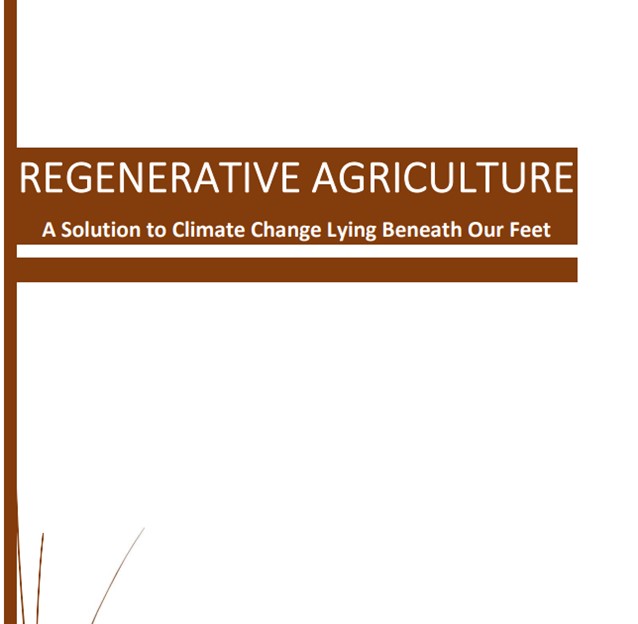Regenerative Agriculture
Regenerative Agriculture – Emmanuel Mwesige is a very passionate farmer and because of his passion for agriculture, he chose to start putting in black and white all issues concerning agriculture for future generations to refer to in the event that those that have the knowledge have all passed on.
INTRODUCTION TO REGENERATIVEAGRICULTURE
In this section, we shall explore the following:
![]() Introduction to Regenerative Agriculture
Introduction to Regenerative Agriculture
![]() Evolution of Regenerative Agriculture
Evolution of Regenerative Agriculture
![]() Meaning of Regenerative Agriculture
Meaning of Regenerative Agriculture
![]() Understanding Regeneration
Understanding Regeneration
![]() Rationale of Regenerative Farming
Rationale of Regenerative Farming
![]() Barriers to Regenerative Agriculture
Barriers to Regenerative Agriculture
![]() Regenerative Agriculture and Climate Change
Regenerative Agriculture and Climate Change
Regenerative agriculture is all about re-imagining man’s relationship with land. Let us start at the bottom-with soil. Soil itself is truly a living entity. Among the clay, sand, and silt particles are the living roots of plants, threads of mycelium, animals like worms and nematodes, and tons and tons of microbes. This dynamic, inter-connected community of living things is known as the soil food web.
Soil is responsible for providing us with 95% of the food we eat, either directly or, indirectly, according to the United Nations Food and Agriculture Organization (UNFAO).
Healthy soil is defined as having the capacity to function as a living system. Soil also provides us with other services such as climate change mitigation/adaptation, water purification, and microbes that help diversify our microbiome and provide us with nutrients as well as microbes that we use to make medicines and technologies.
Worth noting, however, is that our soils are getting worn-out. Multiple issues with industrial agriculture are leading many to turn towards a nature-based solution.
Regenerative agriculture is a principle in which food (or textiles, or forestry products) is grown in a way that instead of simply extracting nutrients and life from the soil, actually builds matter and life in the soil. Its benefits are seemingly endless, including improving bio-diversity, resilience, and environmental health.

